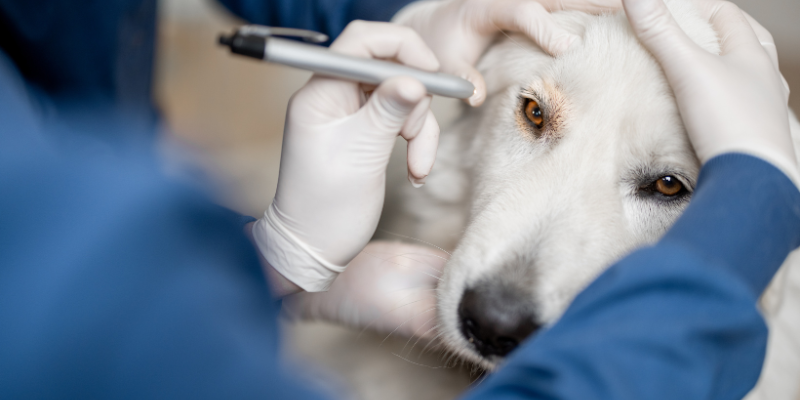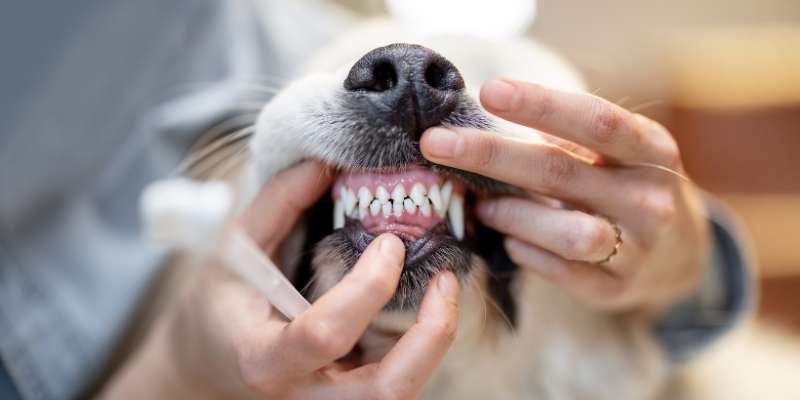[et_pb_section fb_built=”1″ _builder_version=”3.19.18″ custom_padding=”0|0px|54px|0px|false|false”][et_pb_row _builder_version=”3.19.18″][et_pb_column type=”4_4″ _builder_version=”3.19.18″][et_pb_text _builder_version=”3.19.18″]
An endocrine disease is caused by an upset in the normal balance or regulation of hormones. These diseases are not uncommon in dogs and cats and the unhappy hormones lead to a range of problems that can greatly affect your pet’s quality of life.
Endocrine diseases develop because either a gland is not functioning properly or the control of the gland is faulty.
When too much hormone is produced, the disease is referred to as a ‘hyper-disease’. Tumours and abnormal tissue growth commonly cause an overproduction of hormone.
A ‘hypo-disease’ occurs when too little hormone is produced. Endocrine glands that are destroyed, removed, or just stop working cause these diseases.
The following can be an early indication of endocrine disease:
- Increased or decreased appetite
- Increased or decreased thirst
- Increased or decreased weight
- Changes in the appearance of the skin and coat
- Increased urination
- Diarrhoea or vomiting
- Changes in behaviour
Common endocrine diseases we see in pets include:
Dogs
- Diabetes – generally caused by a lack of production of the hormone insulin
- Cushings disease (Hyperadrenocorticism) – increased levels of the stress hormone (cortisol)
- Hypothyroidism – decreased levels of thyroid hormone
- Addison’s disease (Hypoadrenocorticism) – lack of production of the stress hormones
Cats
- Hyperthyroidism – overproduction of thyroid hormone
- Diabetes – generally caused by an insufficient response to insulin or insulin resistance
Some endocrine diseases such as Diabetes and Addison’s disease can reach crisis point and be potentially fatal if not treated, so early diagnosis and management are essential. Treatment can be costly and unfortunately not all endocrine diseases behave as we predict they will, so good communication between vet and owner is very important. Management of these diseases may involve multiple vet visits and blood tests until the disease is under control and then ongoing testing to ensure we are keeping the disease under control.
Cushing’s disease is one of the most common endocrine diseases seen in dogs. It is a slow and progressive disease caused by the overproduction of the stress hormone cortisol.
Cortisol is a normal hormone that is produced by the adrenal gland, and this hormone is essential for normal body function. Unfortunately, in some animals, the adrenal gland produces too much cortisol and this can have detrimental effects on your pet’s quality of life.
In some cases, Cushing’s can be caused by an external source of cortisol, such as the long term administration of cortisone.
Watch out for these signs:
- Excessive thirst and appetite
- Excessive urination
- A pot belly
- Ongoing skin problems, thin skin and hair loss
- Poor tolerance of heat and excessive panting
- Lethargy
Blood and urine tests are needed to diagnose Cushing’s disease. It is also important that other endocrine diseases such as diabetes are ruled out.
This is a good example of why we recommend regular health checks for your pet and if you notice any of the changes mentioned above, phone us to arrange a check-up for your pet. If we are able to detect and commence treatment early we can slow the progression of the disease and help your pet live a longer and healthier life.
[/et_pb_text][/et_pb_column][/et_pb_row][/et_pb_section]






